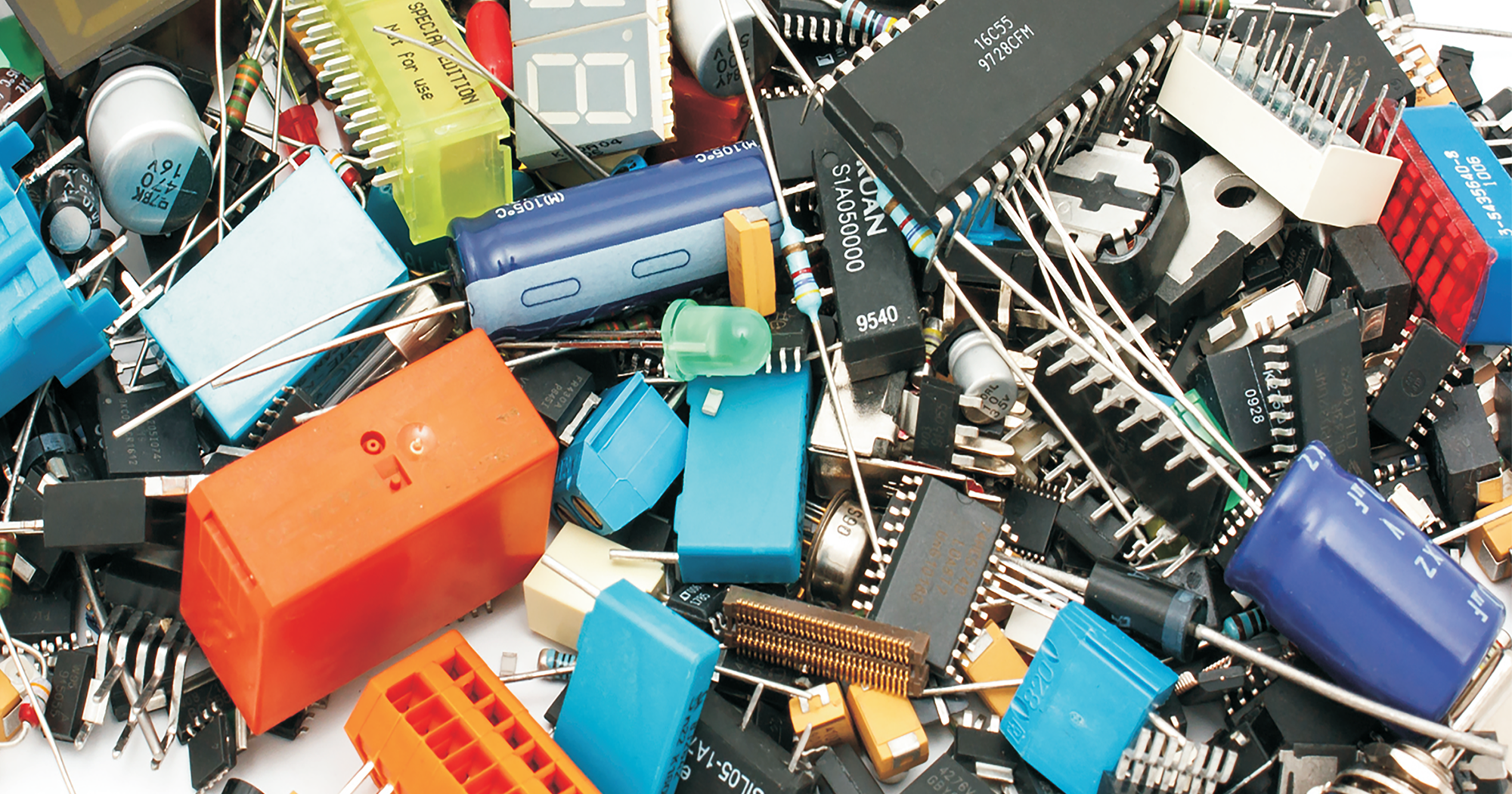Understanding How Transceivers Manage Varying Data Rates and Clock Frequencies
Transceivers are essential components in modern communication systems, enabling the transmission and reception of data over a shared medium. For engineers, procurement professionals, and enthusiasts in the electronics industry, understanding how transceivers handle different data rates and clock frequencies is crucial for selecting the right component for their designs.
In this article, we’ll break down how transceivers manage these variations, what factors affect their performance, and how to choose the best transceiver for your needs.

What Are Data Rates and Clock Frequencies?
Before diving into how transceivers handle varying data rates and clock frequencies, it’s essential to define these terms:
Data Rate: The speed at which data is transmitted or received, usually measured in bits per second (bps). Common rates range from a few kbps for low-speed applications to Gbps for high-speed interfaces like Ethernet or USB.
Clock Frequency: The timing signal that synchronizes data transfer in digital systems, measured in Hertz (Hz). Clock frequencies ensure that the transceiver can correctly sample and process incoming and outgoing data.
The interplay between data rates and clock frequencies determines how efficiently a transceiver can communicate with other devices.
How Transceivers Handle Variable Data Rates
Modern transceivers are designed to accommodate a wide range of data rates, making them versatile for different applications. Here’s how they manage this:
Adaptive Equalization
Adaptive equalizers dynamically adjust signal characteristics to compensate for losses and distortions at different data rates. This ensures that data integrity is maintained even at high speeds. For example, in high-speed Ethernet or PCIe interfaces, equalizers reduce the effects of signal degradation over long cables or PCB traces.
Rate Matching
Many transceivers include built-in mechanisms to match data rates between two devices operating at different speeds. For instance, in systems where a slower peripheral communicates with a faster controller, the transceiver may implement techniques like buffering or flow control to bridge the speed gap without losing data.
Programmable Data Rate Settings
Some transceivers allow users to program the supported data rates through registers or configuration software. This flexibility enables a single transceiver to serve multiple use cases, reducing the need for separate components.
Managing Different Clock Frequencies
Clock frequency management is another critical function of transceivers. Variations in clock frequencies can arise due to differences in system requirements, environmental conditions, or component tolerances. Transceivers use several techniques to handle these variations:
PLLs are widely used in transceivers to generate and synchronize clock signals. They can adjust the clock frequency dynamically to match the requirements of the connected device, ensuring stable data transfer. PLLs are particularly valuable in systems with varying input frequencies, such as multi-rate communication protocols.
Clock Recovery
For incoming data streams, transceivers often implement clock recovery techniques. These extract timing information from the data stream itself, ensuring that the receiver can accurately sample the data without requiring a separate clock signal. This is common in serial communication standards like USB or HDMI.
Jitter Tolerance
Jitter refers to the small, rapid variations in clock signal timing. High-quality transceivers are designed to tolerate jitter, ensuring reliable operation even when clock signals deviate slightly from their nominal frequency.
Key Factors to Consider When Selecting a Transceiver
Choosing the right transceiver for your application requires careful evaluation of its capabilities concerning data rates and clock frequencies. Here are some key considerations:
Data Rate Range
Ensure that the transceiver supports the full range of data rates required by your system. For example, if your application involves both low-speed and high-speed communication, opt for a multi-rate transceiver.
Clock Synchronization
Check the transceiver’s ability to handle clock variations, including support for PLLs and clock recovery. This is especially important for systems with multiple asynchronous clock domains.
Protocol Compatibility
Many communication protocols have specific requirements for data rates and clock frequencies. Verify that the transceiver is compatible with the protocols you plan to use, such as CAN, SPI, I²C, or Ethernet.
Environmental Factors
Consider the operating temperature range, power consumption, and electromagnetic interference (EMI) tolerance of the transceiver. These factors can influence its ability to maintain stable operation at different data rates and clock frequencies.
The Bigger Picture: Why It Matters
Understanding how transceivers handle different data rates and clock frequencies is not just about selecting the right component; it’s about ensuring system reliability and performance. A mismatched or improperly configured transceiver can lead to data loss, communication errors, and even hardware damage.
Modern transceivers are equipped with advanced features like adaptive equalization, PLLs, and jitter tolerance to handle these challenges. By carefully evaluating your application’s needs and the transceiver’s capabilities, you can ensure seamless communication and robust system performance.
Conclusion
Transceivers play a vital role in managing data rates and clock frequencies, making them indispensable for communication systems. With their adaptive features and programmable settings, they are designed to handle the complexities of modern electronics. By understanding how they work and what to look for, you can make informed decisions that enhance your designs and ensure long-term reliability. Whether you’re an engineer designing a high-speed interface or a procurement professional selecting components for your project, choosing the right transceiver is a key step toward success.
For more information or to request a quote, please feel free to send us an RFQ.
Some Model Numbers




